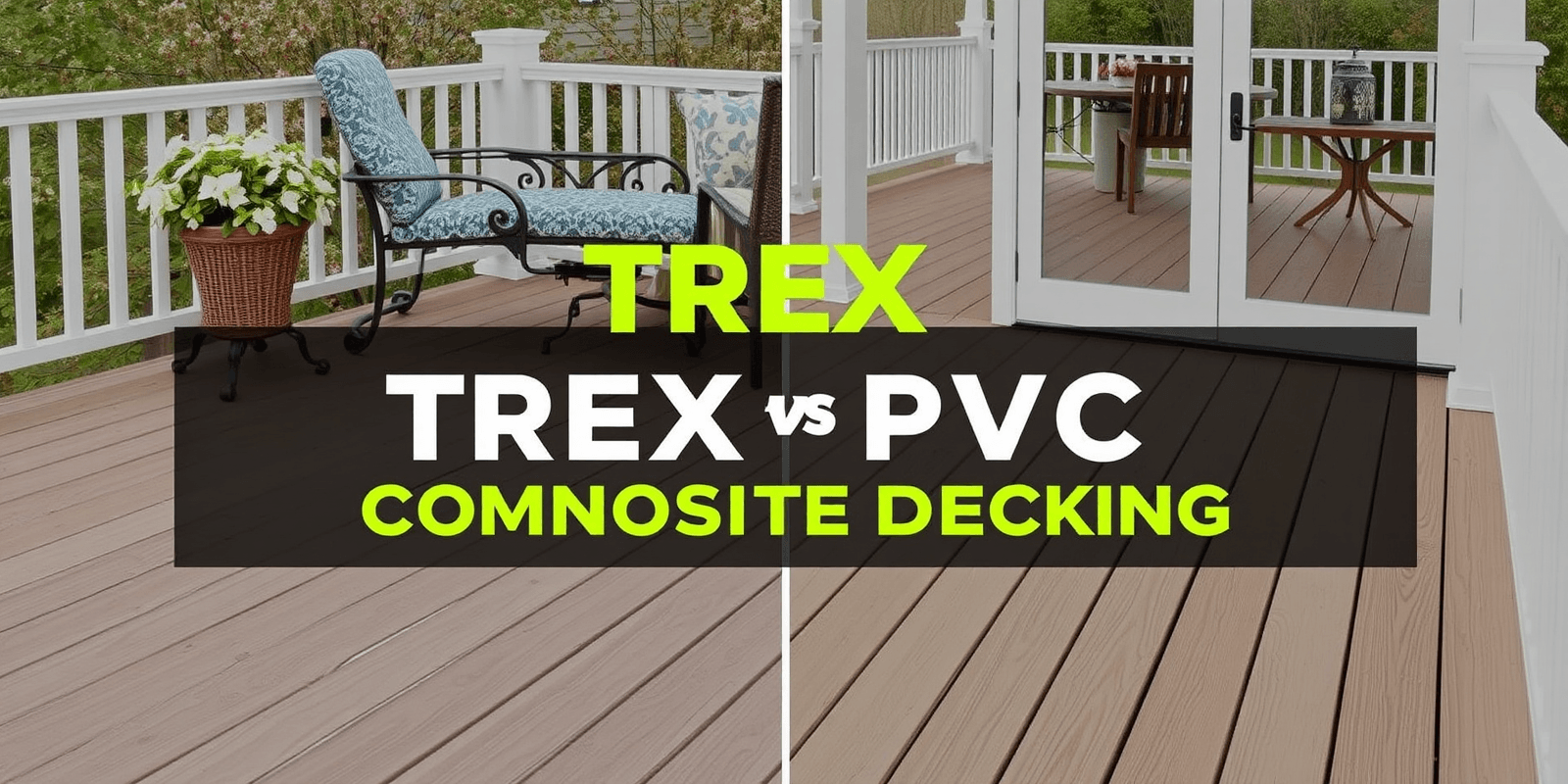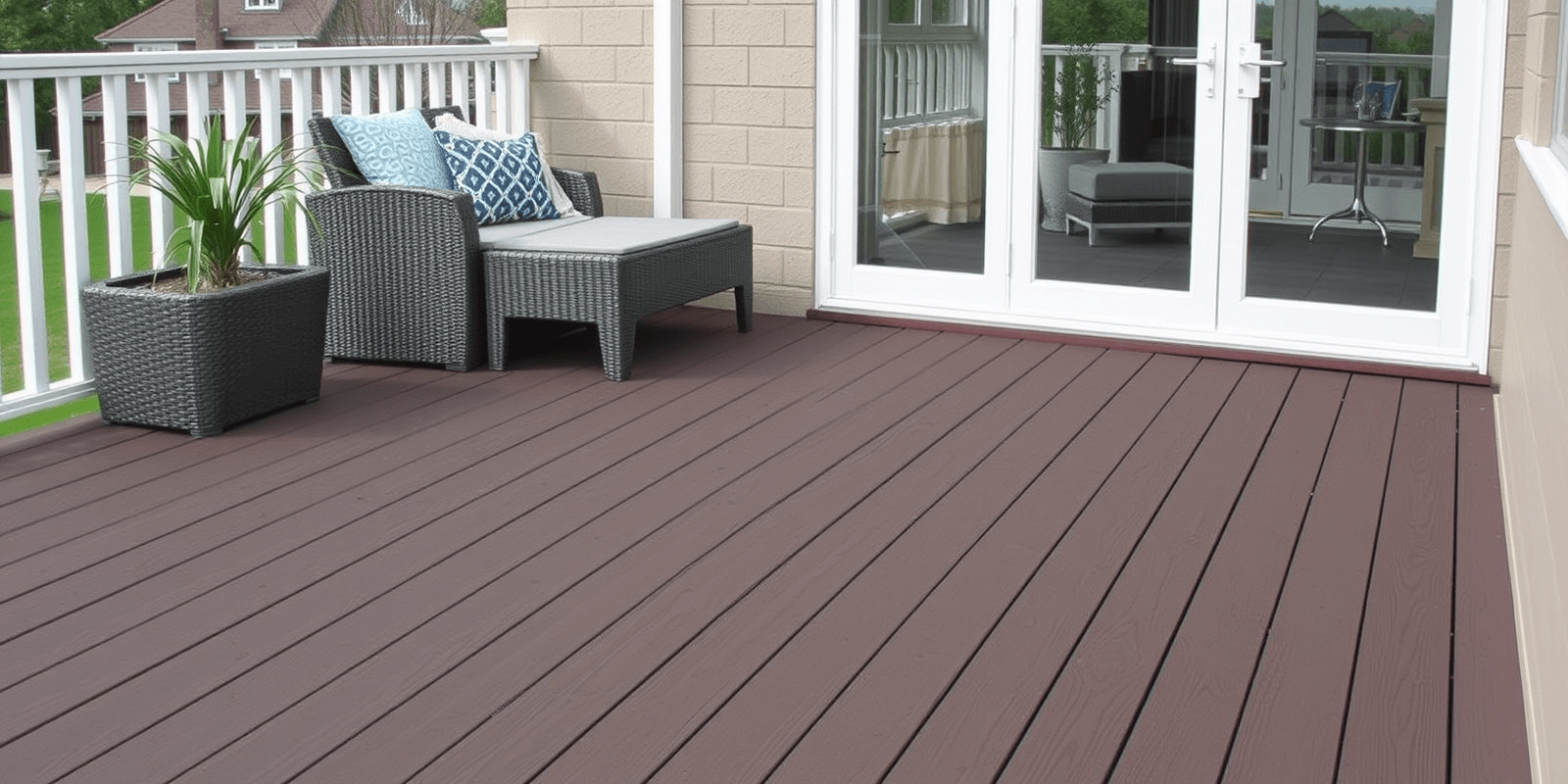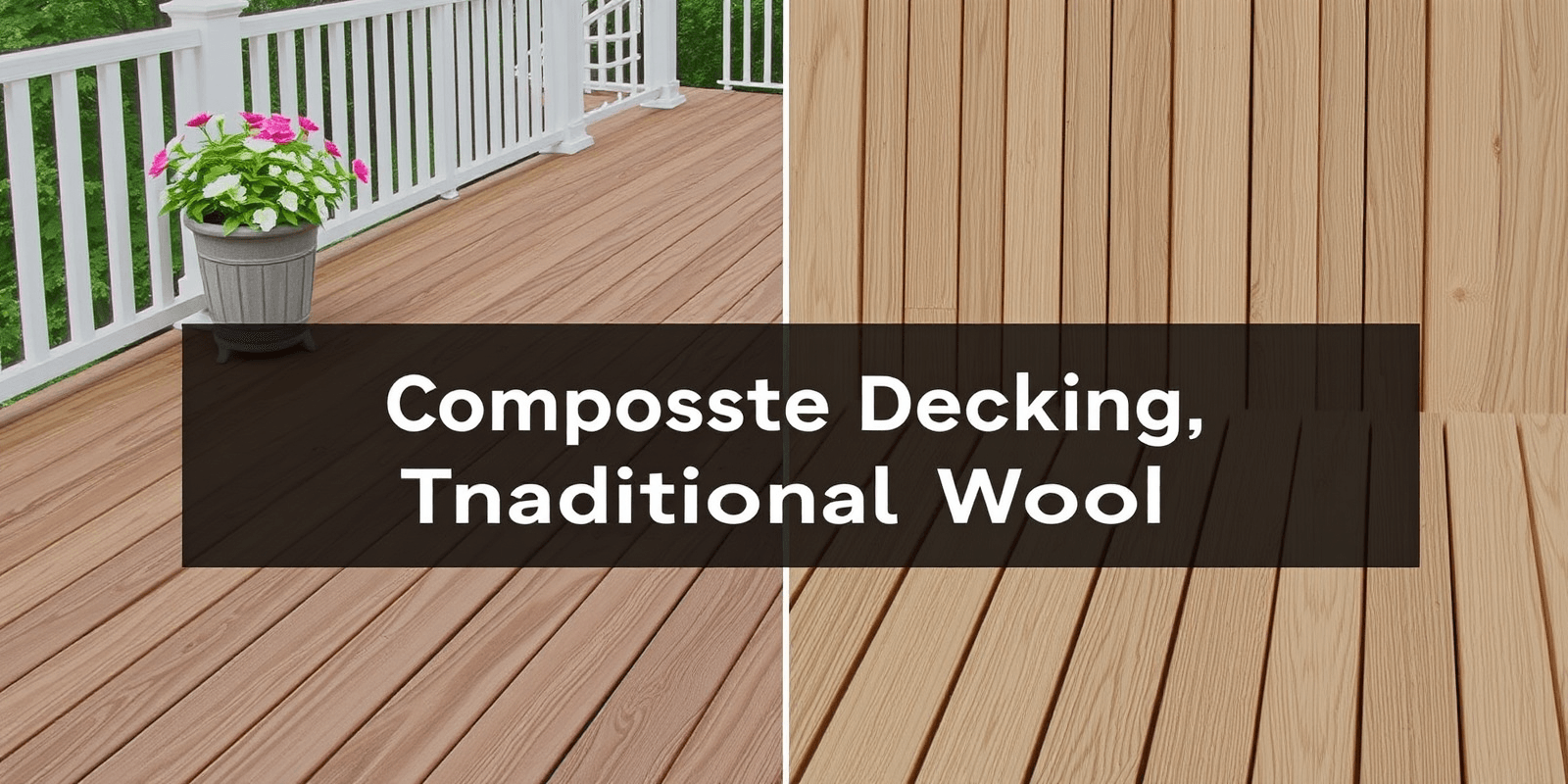Choosing Between TREX PVC and Composite Decking: A Comprehensive Guide
Introduction
When it comes to building a deck, choosing the right material is crucial. Two popular options are TREX PVC (polyvinyl chloride) and composite decking. Both materials offer durability and low maintenance, but they have distinct characteristics that make them suitable for different needs. This guide will help you understand the differences between TREX PVC and composite decking, including their unique features, installation processes, and long-term performance.
TREX PVC Decking: Features and Benefits
TREX PVC decking is known for its high durability and resistance to moisture, rot, and insects. It is made from 95% recycled materials, making it an eco-friendly choice. The surface of TREX PVC decking is smooth and non-porous, which makes it easy to clean and maintain. However, it can be more expensive than traditional composite decking.
One of the key benefits of TREX PVC is its resistance to fading and staining. It retains its color and appearance over time, even in harsh weather conditions. Additionally, it requires minimal maintenance, as it does not need to be sealed or stained regularly.
Composite Decking: Features and Benefits
Composite decking is made from a combination of wood fibers and plastic resins, often recycled materials. This blend creates a durable and stable product that is resistant to warping, cracking, and splitting. Composite decking is available in a wide range of colors and textures, allowing homeowners to customize the look of their deck to match their preferences.
While composite decking is generally less expensive than TREX PVC, it may require more maintenance over time. Regular cleaning and occasional resealing or recoating can help maintain its appearance and prolong its lifespan.
Installation Processes
The installation process for both TREX PVC and composite decking is similar to that of traditional wood decking. Both materials can be installed using standard deck framing techniques and require minimal tools. However, due to the nature of the materials, some adjustments may be necessary to ensure proper fit and finish.
TREX PVC decking typically requires fewer fasteners, as it does not expand and contract like wood. This can result in a cleaner, more professional-looking installation. Composite decking, on the other hand, may require more attention to detail during installation to prevent gaps and uneven surfaces.
Long-Term Performance
In terms of long-term performance, both TREX PVC and composite decking offer excellent durability and longevity. However, their performance can vary depending on environmental factors such as climate and exposure to sunlight.
TREX PVC decking is highly resistant to moisture and extreme temperatures, making it ideal for coastal areas and regions with high humidity. Its non-porous surface also makes it resistant to mold and mildew, which can be problematic in humid climates.
Composite decking, while still durable, may be more susceptible to fading and warping in extreme heat. Regular maintenance, such as cleaning and sealing, can help mitigate these issues and extend the life of the deck.
How to Choose the Right Option
When deciding between TREX PVC and composite decking, consider your climate, budget, and personal preferences. Here are some tips to help you make an informed decision:
- Climate: If you live in a humid or coastal area, TREX PVC may be the better choice due to its resistance to moisture and mold.
- Budget: Composite decking is generally more affordable than TREX PVC, making it a cost-effective option for those on a tighter budget.
- Maintenance: Consider how much time and effort you want to invest in maintaining your deck. TREX PVC requires minimal maintenance, while composite decking may require periodic cleaning and sealing.
- Aesthetics: Composite decking offers a wider range of colors and textures, allowing you to customize the look of your deck. TREX PVC has a more uniform appearance, but its smooth surface can give your deck a modern, sleek look.
Conclusion
Both TREX PVC and composite decking offer unique advantages and are suitable for different needs. By understanding their features, installation processes, and long-term performance, you can choose the right option for your deck. Whether you prioritize durability, aesthetics, or maintenance, there is a decking material that will meet your requirements.



